Can you get district heating for a fabric-covered building? Eight solutions for optimising a Best-Hall building

The demands for a building are obviously very different depending on whether it is used to store steel components or play football, or whether it is located next to a desert under the sweltering sun or by an arctic sea in the midst of continuous blizzards. The operations and weather conditions place highly variable demands on buildings, and these must also be considered in the construction phase.
When purchasing a steel-structured Best-Hall building to gain additional space or storage, every customer company receives a unique solution designed to suit the specific needs and location, instead of a collection of bulk components. As an example, the steel structure can be used as a framework for a district-heated and insulated production hall with a set of roof exhaust fans humming on top.
In terms of the range of possible solutions, our fabric-covered buildings don’t fall short of steel halls with fixed structures.
In order to shed light on the customisation options, I decided to list the eight most popular accessories for Best-Hall structures below.
1. Roof exhaust fan that ensures good indoor air quality
Roof-installed exhaust fans efficiently replace the indoor air of the building. When the number of roof exhaust fans is proportioned correctly to the size of the building, they can replace the entire indoor air volume once every 90 minutes. It is a good idea to invest in ventilation if the building has forklift traffic or gases or other chemicals are released into the indoor atmosphere.
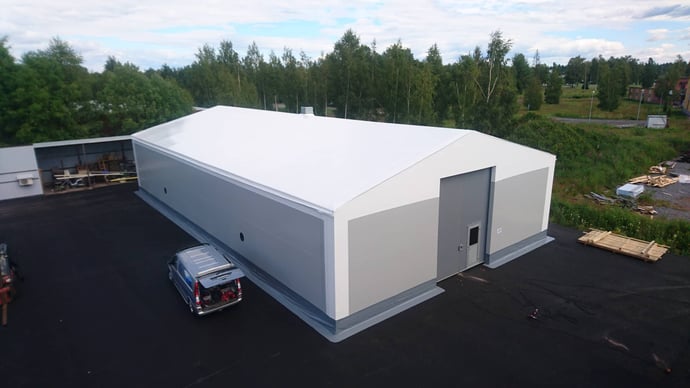
2. Dehumidifier to adjust humidity
Many raw and processed materials stored in warehouses are sensitive to moisture. Dehumidifiers help keep the indoor humidity at a suitable level for timber or steel components without having to insulate and heat the entire building.
3. Energy-efficient LED lighting
LED lighting fixtures attached to the steel structure can be used to illuminate the interior as brightly as is needed. In warehouses, 150 lux is a sufficient level of luminosity, but the demand is many times that in sports halls. A wide variety of energy-efficient structure-mounted LED lights is available. If the warehouse is only used during the day, a translucent roof fabric is often a sufficient replacement for lighting.
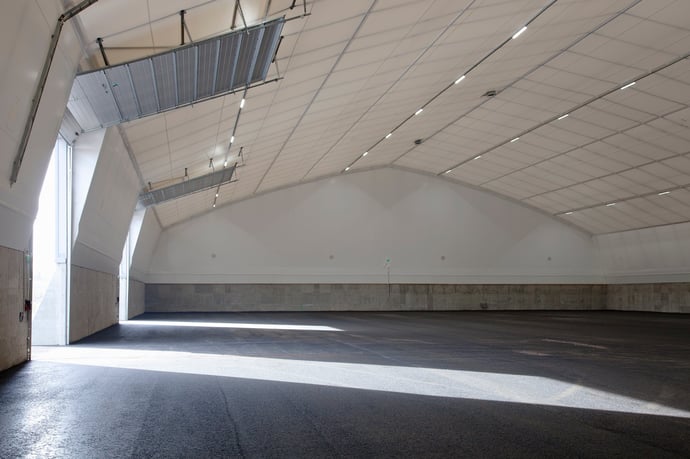
4. Snow guards, guides and door canopies to improve safety
One of the benefits of a fabric-covered building’s PVC material is that snow loads slide off easily instead of piling up on the roof. For safety reasons, however, snow guards, guides and traps are recommended to be used to guide snow off the roof in a controlled fashion. Door canopies above entrances also keep snow away from doorways. The canopies also help to distinguish doors on the sides of large buildings.
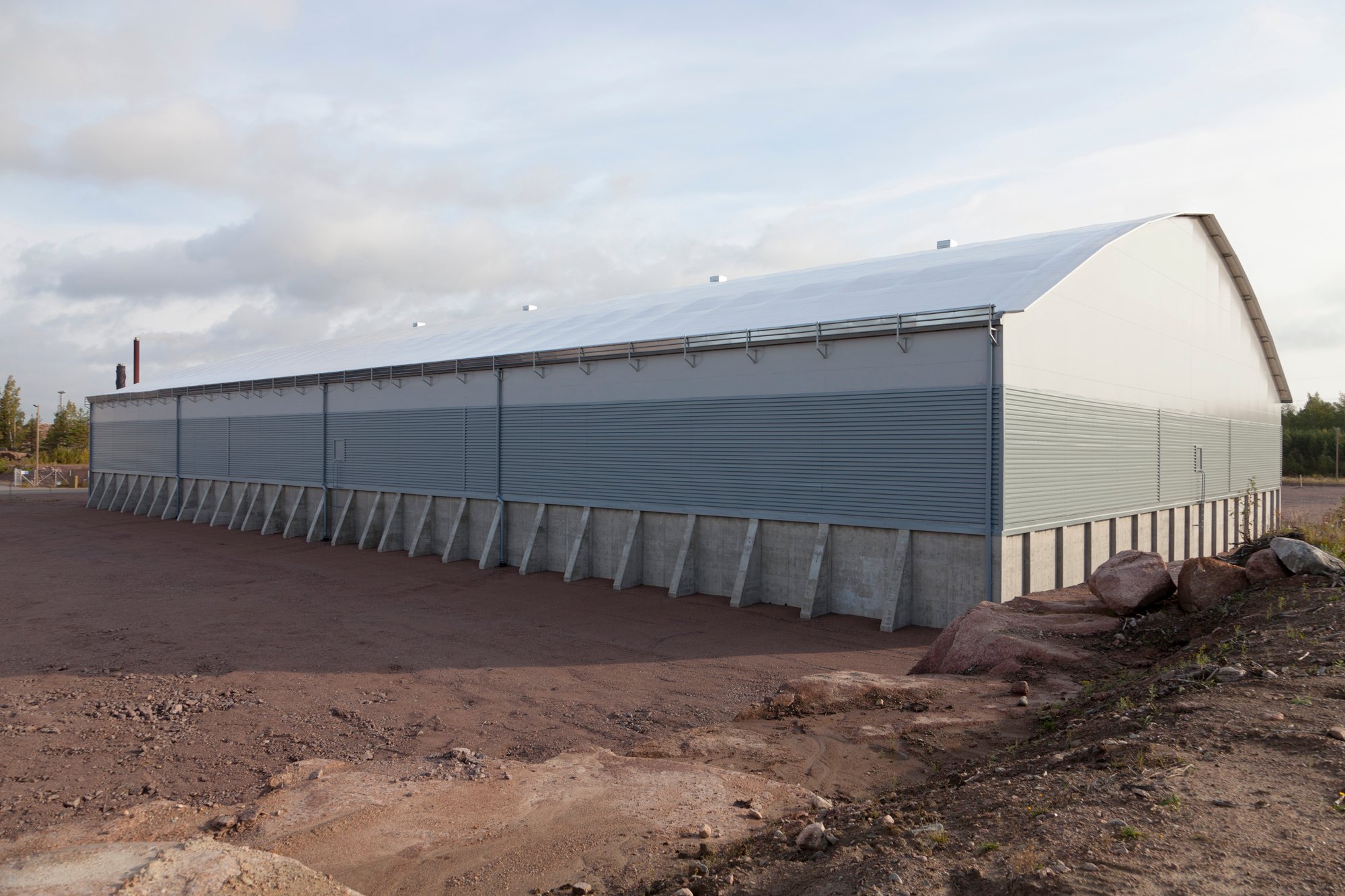
5. Rainwater system to ensure a clean fabric cover
Gutters and downpipes can be used to guide rainwater off the roof into the sewer and further away from the building walls. The rainwater system prevents the fabric surface from being soiled by water flowing freely off the roof and also keeps the water from forming mud puddles by the walls. All Best-Hall structures come with fabric eave guides but you can improve the efficiency of rainwater drainage with a rainwater system.
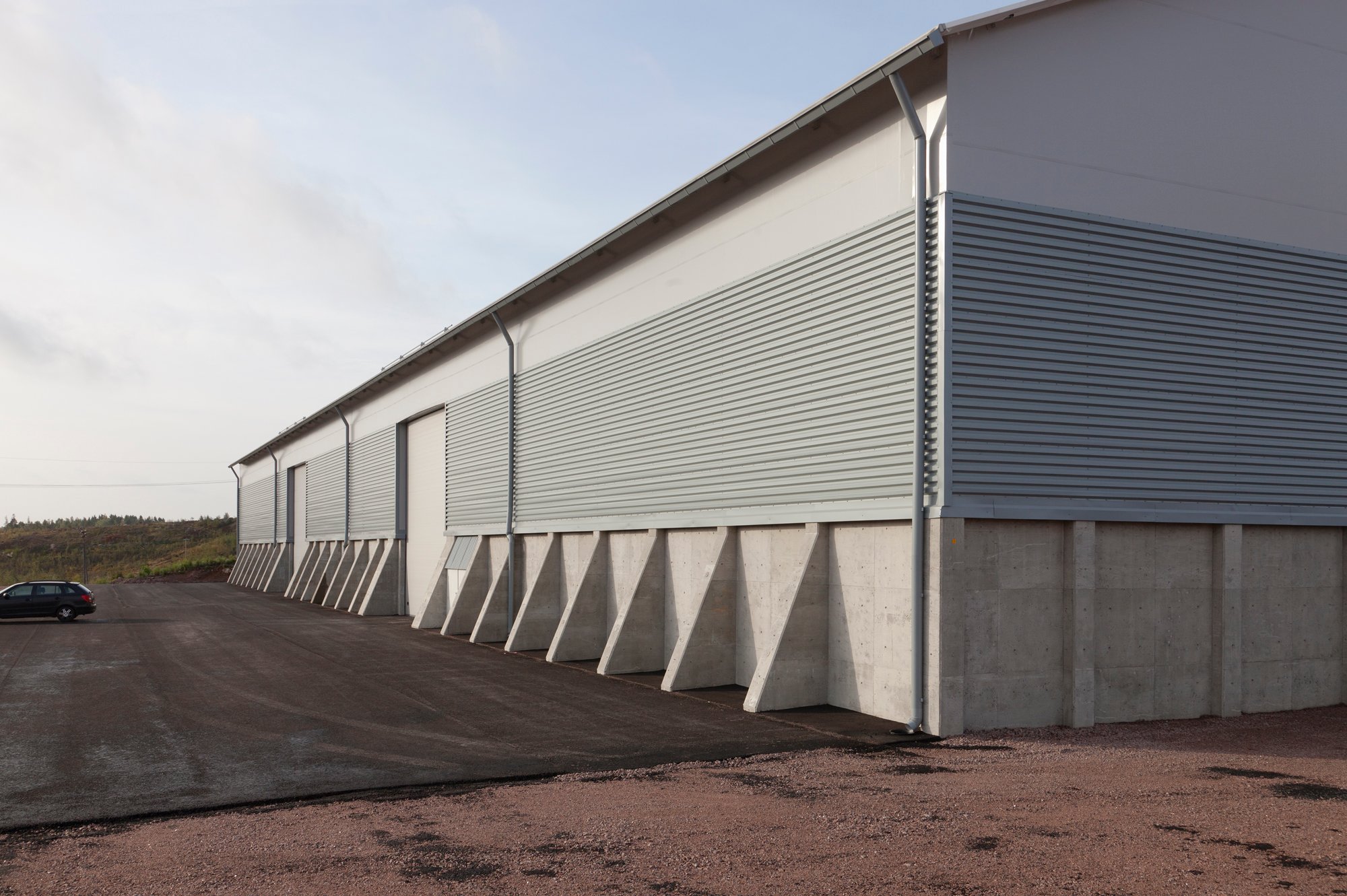
6. Logos and patterns for brand visibility
If you want, you can decorate the entire fabric cover of the building with prints and patterns. The colour of the fabric can also be made to match the brand’s colour scheme or any adjoining buildings. Indeed, many companies opt to further leverage the impressive Best-Hall buildings as an advertising platform and print logos or texts on the surfaces.
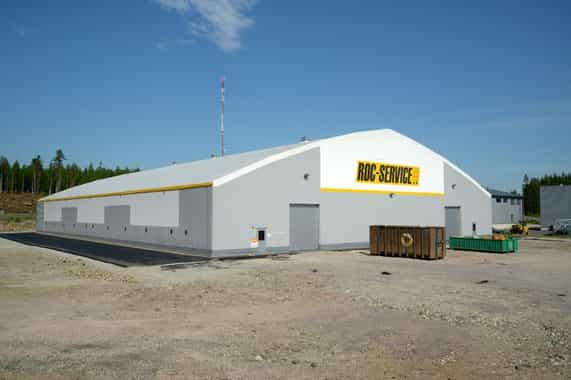
7. Heat insulation and interior cladding
A fabric-covered building can be insulated to serve as a semi-heated sports or production facility. In these cases, the space between the indoor and outdoor cladding is fitted with 150 mm of insulant in the walls and 350 mm of insulant in the roof. The type of heating can be anything from district heating to electric heating. Even simple indoor cladding can ensure that the temperature stays above 0 degrees Celsius thanks to nothing more than waste heat from activities in the building.
8. Door options to improve accessibility
The majority of the buildings are provided with sliding doors, but fabric-covered structures can also be equipped with overhead or roll-up doors. In warehouses, automatically controlled doors facilitate access when drivers of forklifts or other vehicles do not need to step out to open doors. For aviation hangars, for example, special doors matching the width of the entire end are available.
What sort of building do you need? Contact us and we will put together a perfect package for you!
